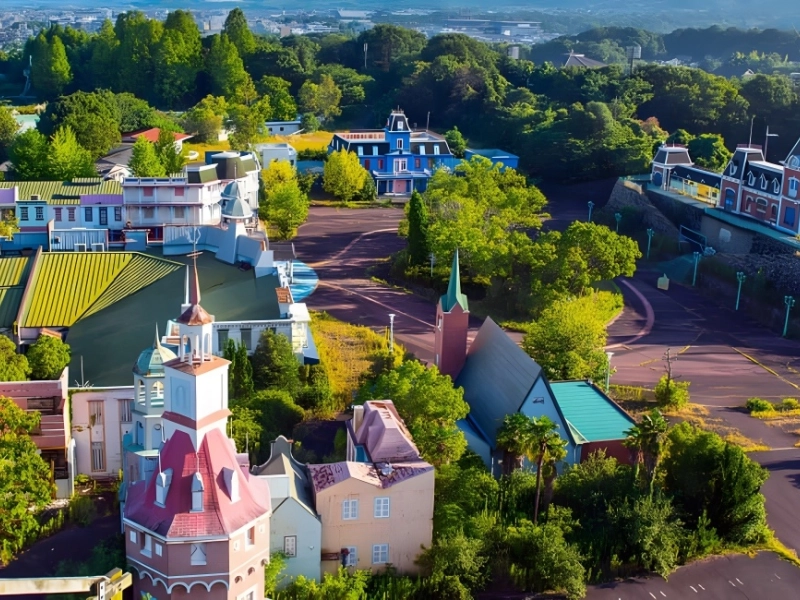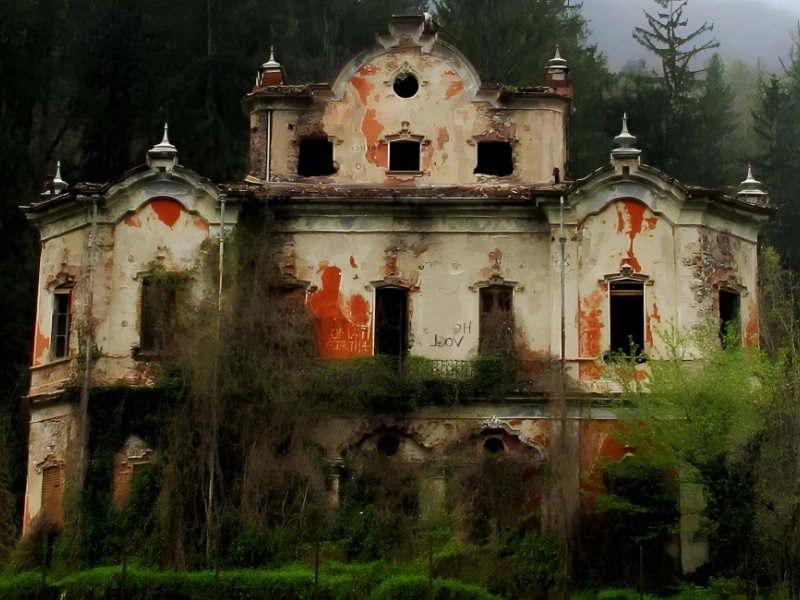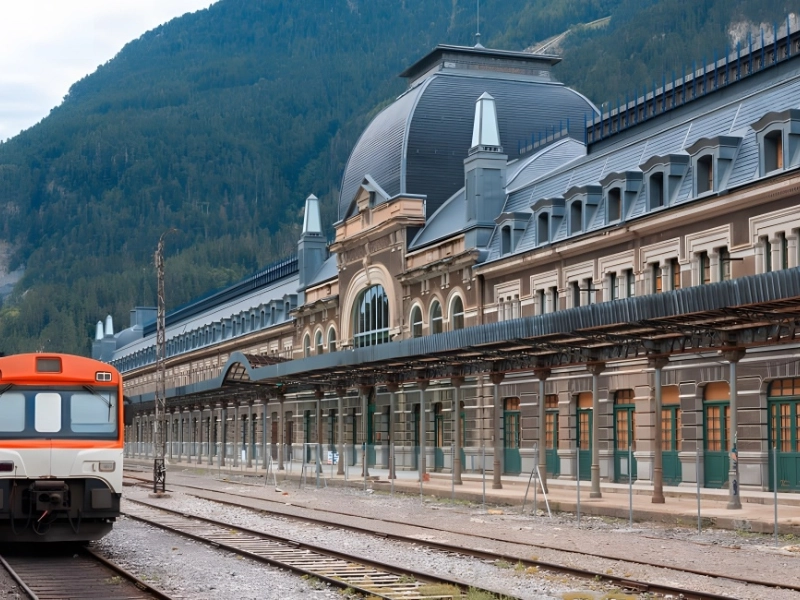Advertisement
5. Dreamland in Nara
Where: Nara, Japan
Year: 1961
Expense: $5.95 million
The visit to Disneyland in America by Kunizo Matsuo served as the inspiration for Nara Dreamland. Rich businessman Matsuo was impressed. In order to propose bringing Disney to Japan, he visited with Walt Disney. The first discussions went smoothly, but Disney and Matsuo couldn't agree, and the project was shelved.

Advertisement
Japan's Nara Dreamland, in Nara ©2010 by Jamie Meow/commons.wikimedia.org
Rather, Nara Dreamland came into being. Disneyland in California served as a major inspiration. Among other well-known Disneyesque structures, it featured Matterhorn Mountain, Sleeping Beauty Castle, Main Street USA, and Train Depot. Due to poor attendance, Nara Dreamland closed in 2006 after 45 years of operation. It was abandoned to crumble into ruin following its closure.
6. Residence de Vecchi
Where: Italy's Lake Como
Year: 1857
Expense: $250,000
You can get an idea of the kind of reputation Villa de Vecchi has accumulated since its closure by looking at its other names, which include the "Red House," "the Witches' House," or the "Ghost House." Perhaps the most haunted house in Italy is Villa de Vecchi. Italian battle hero Count Felice de Vecchi constructed it in the 1800s.

Lake Como, Italy's Villa de Vecchi @Ana Maria Miranda / Pinterest
The story that the Count de Vecchi one day returned home to see his wife and daughter dead has been denied. The fact that renowned occultist Aleister Crowley resided there in the 1920s is undeniable. Regarding what transpired while Crowley and his disciples controlled the mansion, there are several rumors. Villa de Vecchi became known as the “Witches’ House” when Crowley stayed there.
7. International Railway Station Canfranc
Where: Canfranc, Spain
Year: 1928
Expense: $453,950,000 (renovation)
The magnificent Canfranc International Railway Station was built as a significant junction for traffic heading from Spain to France. The Station features hundreds of windows and doors and was built in the Beaux-Arts style. The Spanish Civil War and World War II disrupted the Station, although only 50% of it remains operational.

Canfranc, Spain's Canfranc International Railway Station / Shutterstock ©peresanz
Train service on the Spanish side is limited. The station's French side has become neglected and unusable. The location is abandoned. Not much has happened, despite the fact that municipal governments on both sides have expressed their willingness to restore and reopen the station.


